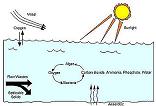



WSPs are of Two types;
Single pond or Primary facultative pond and
Multi-cell pond system.
Single Pond or Primary Facultative Lagoon
In general, the wastewater in facultative lagoon naturally settles into three fairly distinct layers or zones. Different conditions exist in each zone, and...
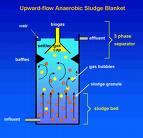
Trickling Water Filters
Trickling Filters in Waste Water Treatment
Trickling Filter
A Trickling water treatment filter (TF), an attached growth system, consists of a fixed bed of highly permeable media on whose surface a mixed population of microorganisms is developed as a slime layer. The fixed media in Trickling water ...
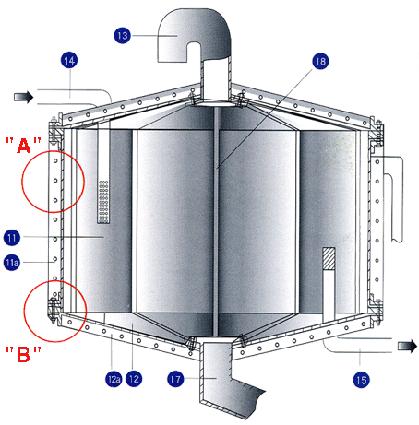
DESIGN ASPECTS OF THE RESERVOIRS
1.Number of Storage Reservoirs
Urban water systems should have at least one elevated tank for each of the areas. Two tanks (or a tank with two compartments) are desirable to improve reliability and pump control during times when one tank is out of service for inspection, cleaning, painting, or...
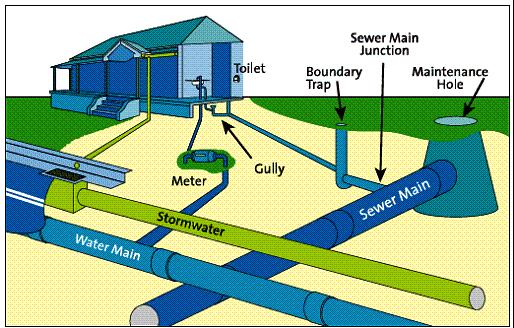
Design of Sewerage
The major shortcoming of the conventional design is the selection of pipe diameter and slope combination without fully analyzing the total cost of the entire sewer network. As it is done manually, numerous combination of pipe diameter with pipe slopes cannot be considered to arrive at an economical...
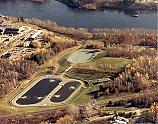
AERATED LAGOON
Principe of Aerated Lagoon
An aerated lagoon is a suspended-growth process in waste water treatment unit. The aerated lagoon water treatment system consists of a large earthen lagoon or basin that is equipped with mechanical aerators to maintain an aerobic environment and to prevent settling of the...
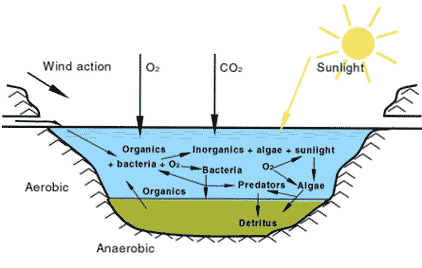
Waste Stabilization Ponds
HISTORY OF WASTE STABILIZATION PONDS
Wastewater lagoons have been used as a process for wastewater treatment for centuries. In the 1920’s artificial ponds were designed and constructed to receive and stabilize wastewater. By 1950, the use of ponds had become recognized as an economical...
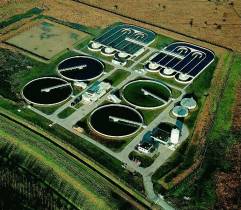
CARROUSEL SYSTEM
The Carrousel system is based on the principle of oxidation ditch where primary settlement, the activated sludge process, secondary settlement and sludge mineralization can take place simultaneously. The original Carrousel system was developed in the Netherlands in the 1970s for the Water treatment...

Cage Rotor
Cage Rotor
One or more mechanical surface aerators with horizontal axis, generally known as cage rotors are attached to the side of the ditch. Cage rotors generally resemble a large circular brush.
The cage rotor is mounted on a revolving horizontal shaft that is partly submerged in the wastewater...

OXIDATION DITCH
Description of Oxidation Ditch
Oxidation ditch is an extended aeration activated sludge process. An oxidation ditch is a large holding tank in a continuous ditch with oval shape similar to that of a racetrack. The ditch is built on the surface of the ground and is lined with an impermeable lining....
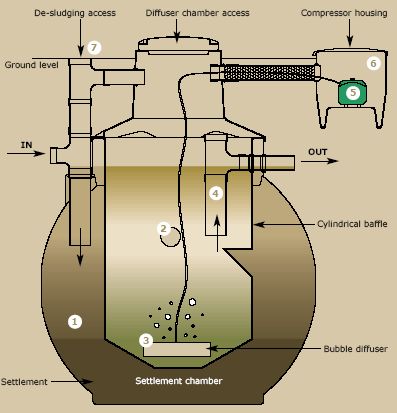
Sequential Batch Reactor (SBR)
The Sequential Batch Reactor (SBR) is a variation of the ASP. As a fill and draw or batch process, all biological water treatment phases occur in a single tank. This differs from the conventional flow through activated sludge process, which requires separate tanks for aeration water treatment and...






 LIKE TO GET UPDATES
LIKE TO GET UPDATES  TO GET EXPERT GUIDE
TO GET EXPERT GUIDE